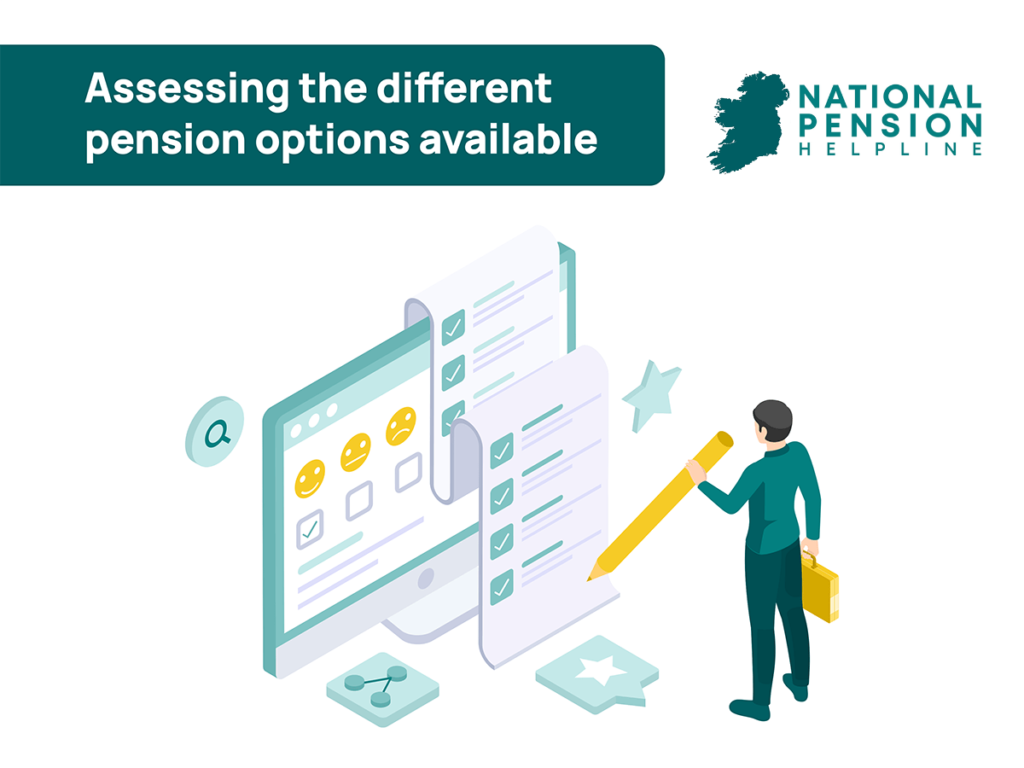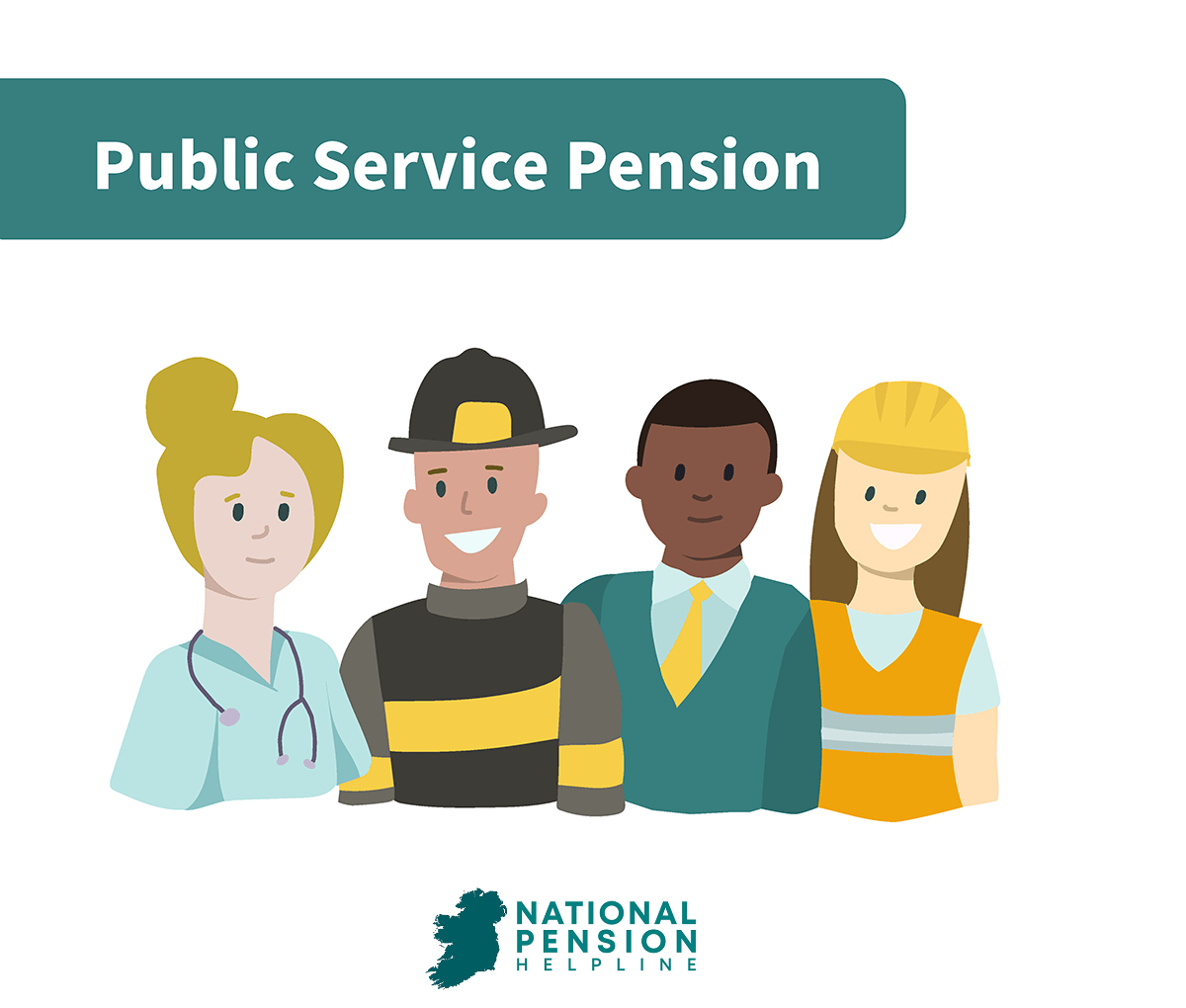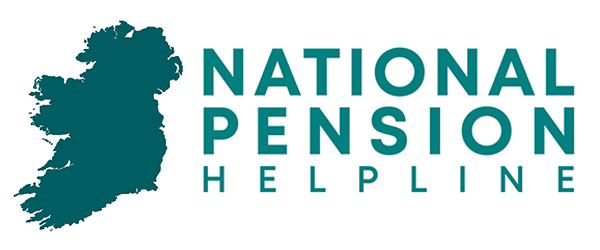The Single Public Service Pension Scheme is the pension plan for all Irish public servants. Introduced in 2013, it replaced existing pension schemes for new entrants to the public service. One of the ideas behind the scheme is to make retirement planning for public servants a lot easier.
When researching retirement planning it is best to know all the options and what is available. There are differences between the Single Public Service Pension Scheme and pre-existing pension plans. Here, the Single Public Service Pension Scheme is explained, as are any changes from older pension plans.
Table of Contents
Is the Single Public Service Pension Scheme the same as the State Pension?
No, would be the quick answer here, though the differences are worth a look.
The Single Service Public Service Pension is a career average scheme, with contributions coming from the annual salary. Pension payments depend on your salary and the years of service, but they should easily exceed the State Pension.
While on the other hand the State Pension is paid to all people who retire at age 66 in Ireland. Weekly payment rates are dependent on PRSI contributions. Currently, the maximum State Pension payment is around €253.
Pension planning is all about being secure in your retirement. You cannot plan for the future by hoping for the best. The current State Pension is unlikely to give an income like an existing salary, while that is the aim of the Single Public Service Pension Scheme.
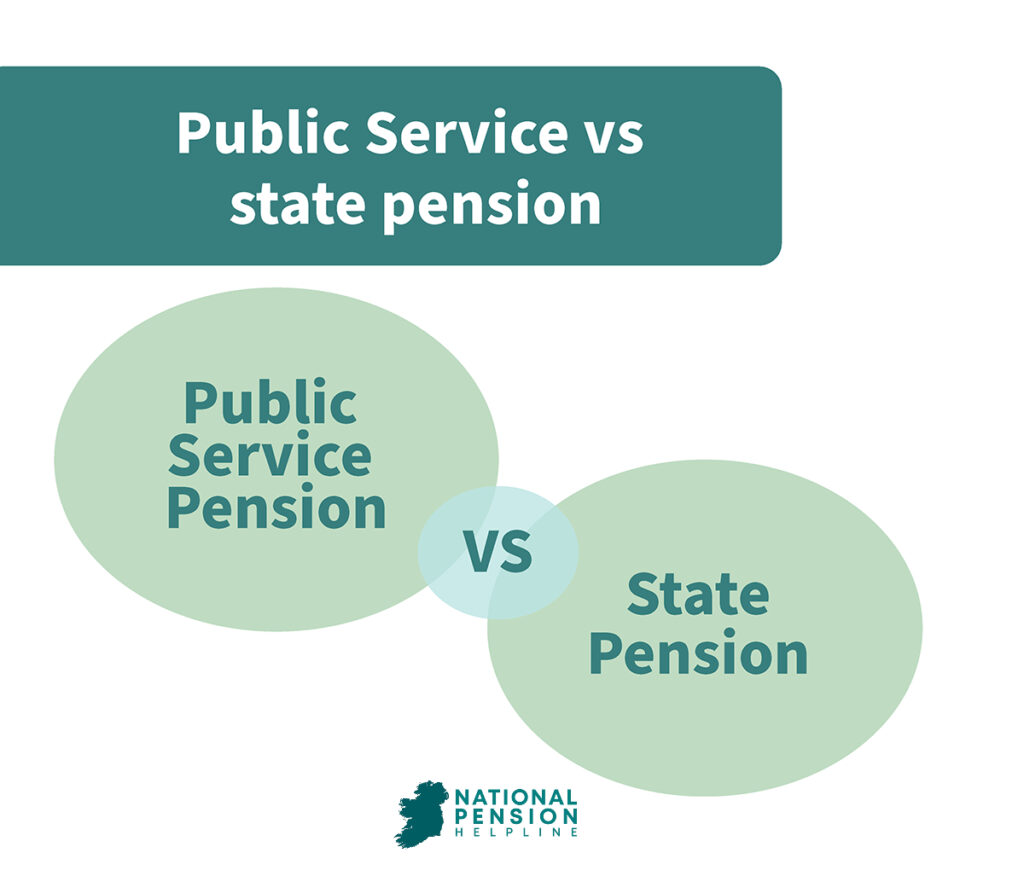
What is the Single Public Service Pension scheme?
The Single Public Service Scheme is for employees in the public sector working in a pensionable post. It came into operation on January 1st 2013, and all new entrants from that date qualify for the scheme. Prior to the introduction of the Public Service Pension Scheme, public servants could be on one of a myriad of pension plans.
It is now a lot clearer how public servants can contribute to their pension. They can plan for retirement with a defined scheme in place. Previous entrants would not know their final pension until closer to retirement age.
With the Single Public Service Pension Scheme, all entrants are in the same boat from day one.
Table of jobs that are eligible for the Single Public Service Pension Scheme
Any employee in the Public Service who is in a pensionable post is eligible for the scheme. The long list includes:
- Teachers in all Department of Education Schools
- Members of the BAI
- Members of State Boards
- Members of the Art Council
- Third Level lecturers in permanent posts
- Public Servants in all Government Depts
- Government appointees to charity boards
The full list of 377 employers
Gardaí, Members of the Permanent Defence Force, Prison Officers and Firefighters are on separate schemes. Other public servants are not included in the standard Single Public Service Pension Scheme, such as Members of the Oireachtas, including the President, the Judiciary, the Comptroller and Auditor General, along with other qualifying and designated office holders.

How is a Single Public service Pension scheme calculated?
There was a time when you almost needed a degree in pension planning to calculate an Irish public service pension. Since the introduction of the Single Public Service Pension Scheme this is no longer true.
Teachers or other public sector employees do not need to check a long list of terms and conditions anymore. Once you enter the public service, to a pensionable position, you are on the same scheme as all other employees.
Older public service pension schemes were known as final salary pension plans. The salary on the final day of employment decided what pension remuneration you would receive. When pension planning, you want the security of knowing what your income will be on retirement. You do not want to be hoping for a promotion in your latter years to make all the difference.
New entrants now have security in pension planning. The Single Public Service Scheme is what is known as a Career-Average Defined Benefit Pension Scheme. From day one in your public service post, a percentage of your salary is paid into the scheme. You continue to pay a deducted amount throughout your public service career.
Deductions are paid into the pension scheme to pay for the lump sum and retirement pension. The higher your pay scale, the more you will be contributing. Adjustments are made for fluctuations in inflation, which gives the entrant another level of security.
Is there a calculator to help with pension planning?
Yes, and the Single Public Service Pension Scheme calculator can be an excellent guide for retirement planning. It shows potential new entrants to the scheme what they will earn and what contributions are needed. As in any calculator, it is designed only as a guide, not a guarantee of final pension earnings.
At what age can I access my Single Public Service Pension scheme?
You access the Single Public Service Pension Scheme upon retirement. For most sections of the public service, this at age 66, in line with the State Pension. There are exceptions within sectors, and members should check with their representative bodies for more guidance.
Any proposed changes to the State Pension retirement age will also affect the Single Public Service Pension scheme. Current Government plans include pushing the retirement age out to 68 years, while mandatory retirement for all public servants is 70 years of age.
If you qualify to retire at 55 under current legislation, you may do so under the terms of the Single Public Service Scheme. There is a catch, though, as your pension payment and lump sum will be recalculated to reflect your earlier access to the scheme.
Upon retirement, you must have paid full contributions for at least two years to qualify for the scheme. It is also possible to purchase retirement benefits under the scheme as it is to transfer certain other ones. Terms and conditions apply, and applicants may need to consult Revenue before approval is given.
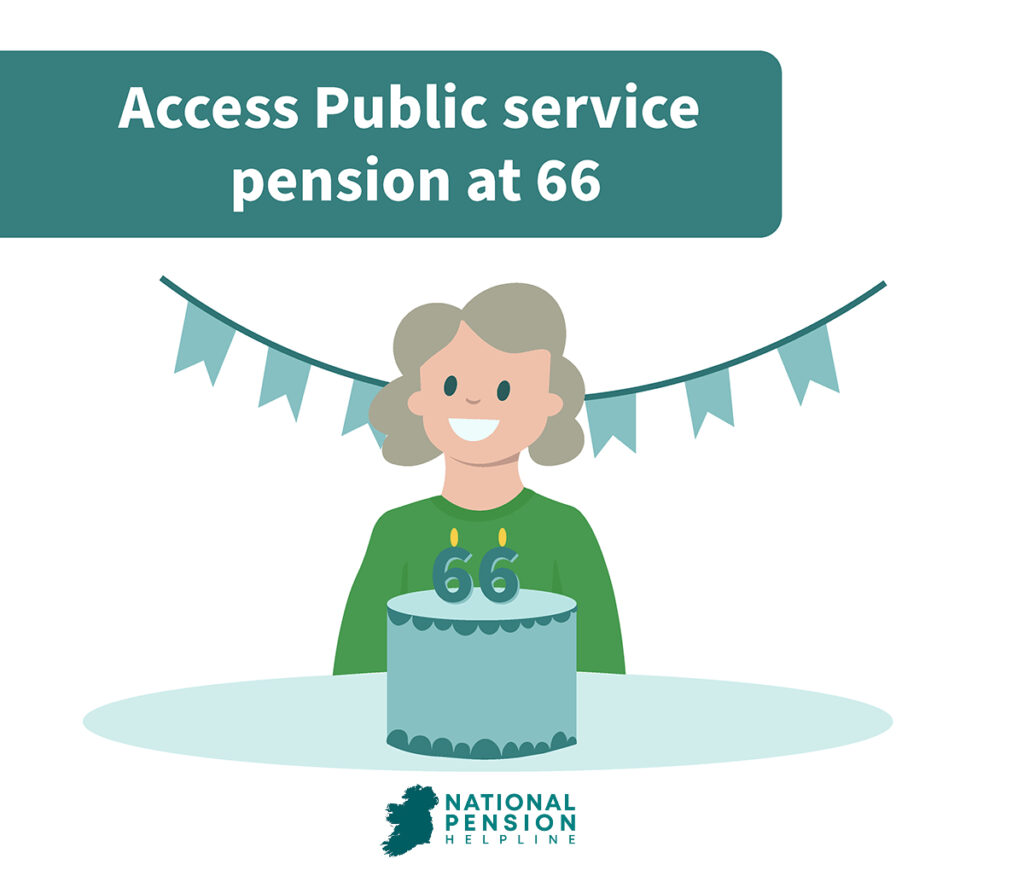
Can I receive the State pension on top of my government one?
Yes, is the straight answer here, if you have contributed to the State pension during your employment years. Employers deduct PRSI payments as part of salary arrangements, which may qualify you for the State pension.
You will not qualify for the State pension until you have reached the government-defined retirement age. It is currently 66 and may increase in the future. While you can receive the State Pension and the Single Public Service pension, the combined income may affect your tax liabilities.
Learn more about the Single Public Service Pension scheme
It is always good to know as much as possible about your pension scheme. If you are a new entrant to the Public Service or contemplating retirement, know your facts first. Retirement planning takes time and careful consideration. To learn more about the Single Public Service Pension Scheme visit here for all you need to know.
To get expert advice on your public service pension, make an inquiry below to speak with a trusted financial adviser.
